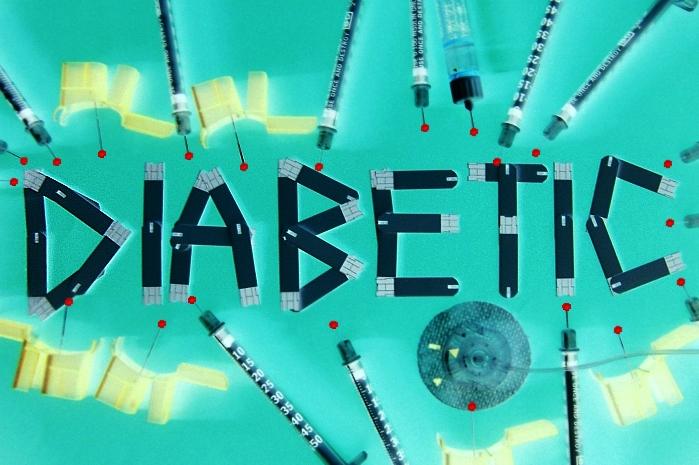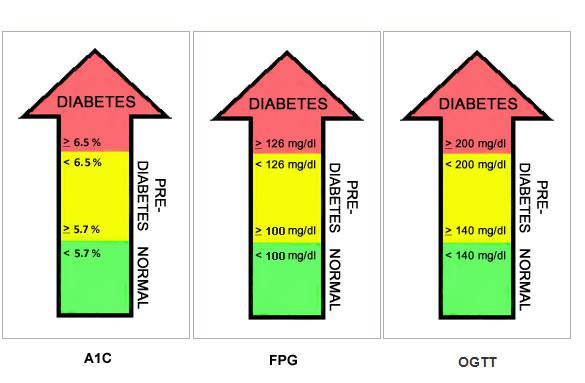
Section Branding
Header Content
Diagnosing Diabetes
Primary Content

Diabetes is the seventh leading cause of death in the United States. Nearly 26 million people in the United States have it—that’s more than 8% of the population.
Diabetes occurs when blood sugars are too high. In diabetes, the body either does not make enough insulin or does not properly use the insulin it does make. Insulin is the hormone -made by the pancreas- that enables the body to take glucose into the cells for energy.
How do you know if you have diabetes ? What are the warning signs? And what’s the difference between pre-diabetes and diabetes?
In prediabetes, blood glucose levels are higher than they should be but not yet high enough to be diagnosed as diabetes. There still may be time to make lifestyle changes (weight loss, diet, and exercise) to stave off full blown diabetes.
There are two types of diabetes:
In type 1 diabetes (5%of all cases), the body quits making insulin altogether.
In type 2 diabetes, the most common (90 to 95% of all cases) , the body either does not make enough insulin or it becomes “resistant” to insulin, meaning it does not use it properly. Type 2 diabetes is often triggered by obesity.
Some symptoms of diabetes include:
Frequent urination,
being overly thirsty,
unexplained weight loss,
blurred vision and other vision changes.
Diabetes is a death threat. But many people don't know they're being threatened. Testing is available and it's very important.
Three different tests are used to diagnose diabetes:
Fasting blood sugar: blood sugar level after not eating for 8 to 12 hours.
Hemoglobin A1C test: measures how well blood sugars have been under control for the last 2 to 3 months.
Hemoglobin is a blood protein that carries oxygen to the body. When sugar builds up in the blood stream, sugar molecules attach to hemoglobin. Hemoglobin A1C measures the amount of hemoglobin that has sugars attached.
Oral glucose tolerance test: blood sugar levels after drinking oral sugar (glucose) drink.
Patients fast overnight before the test. An initial blood sugar is drawn. The patient is then given a glucose drink containing at least 75 grams of glucose. Blood sugar levels are drawn every 30 minutes for the next two hours. The diagnosis of impaired glucose tolerance is made by looking at the 2 hour blood sugar level.

Knowing your diabetic status could be life or death.
The good news: if you're pre-diabetic, you can stave off full-blown diabetes with lifestyle changes. Talk to your doctor about the testing options best for you.





